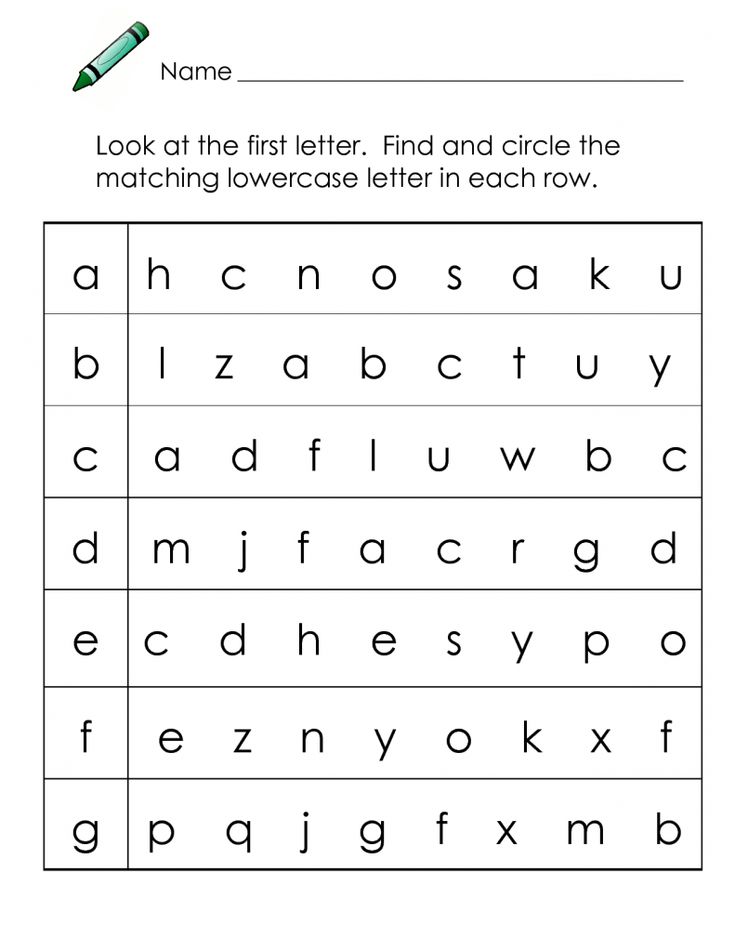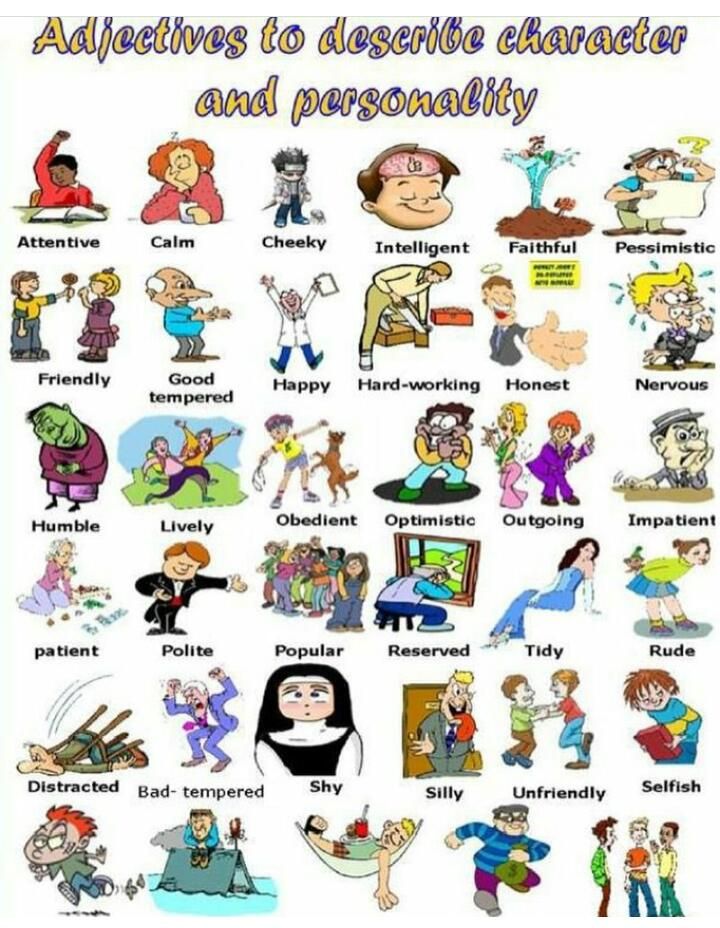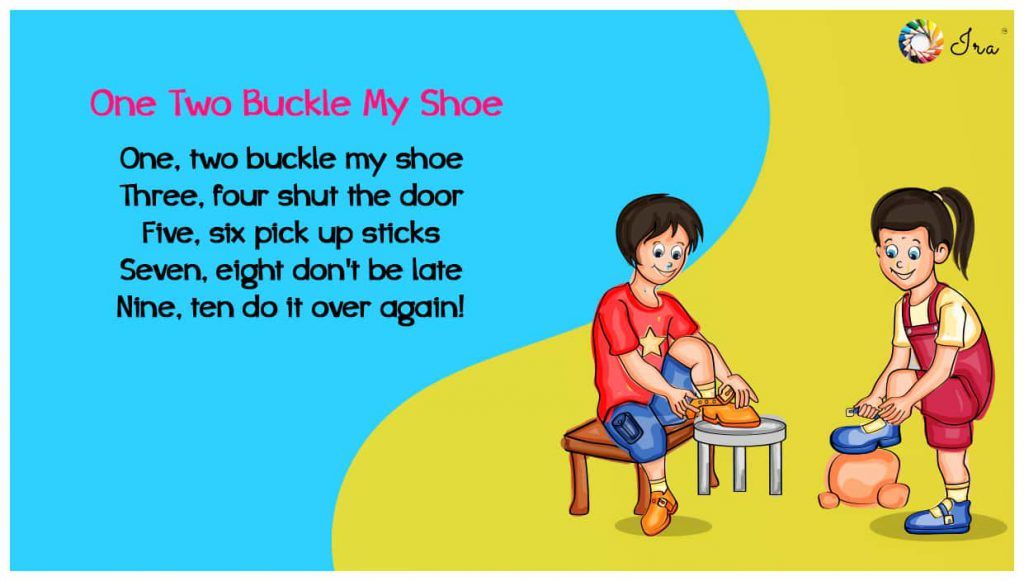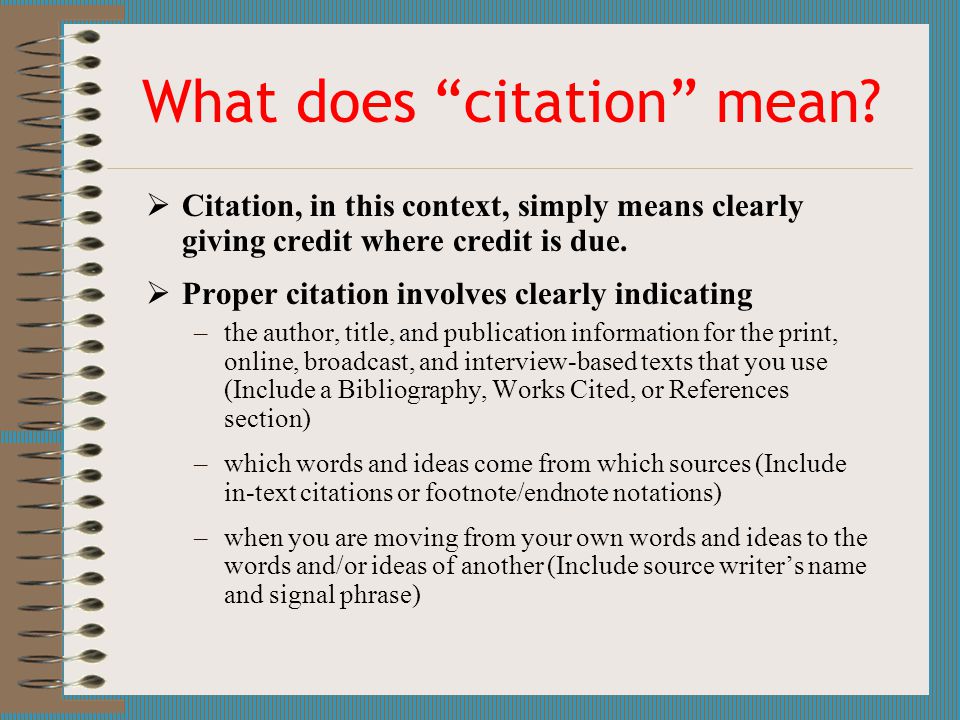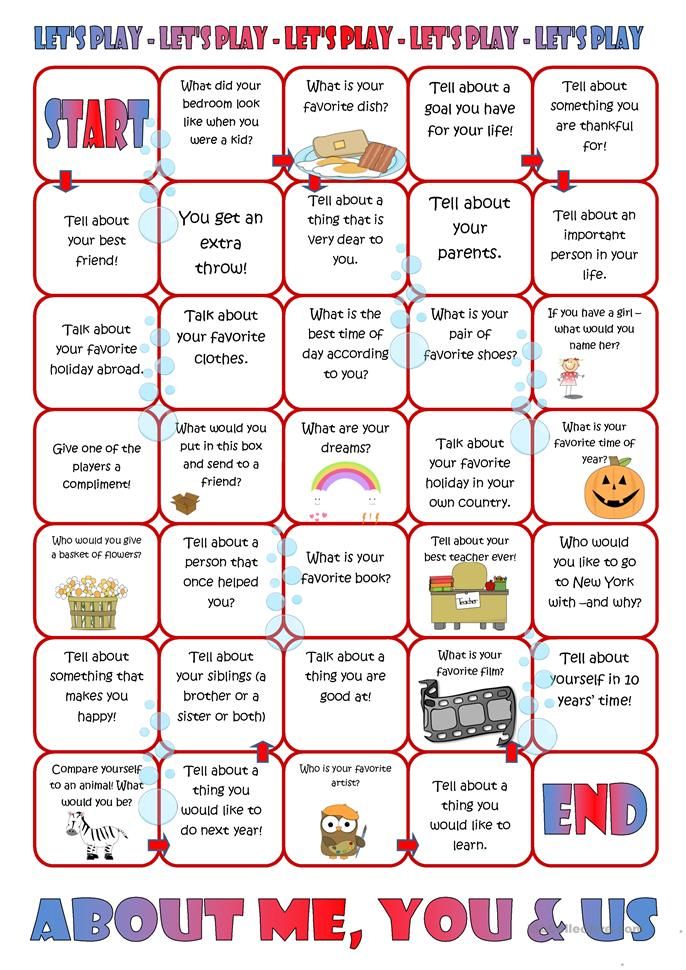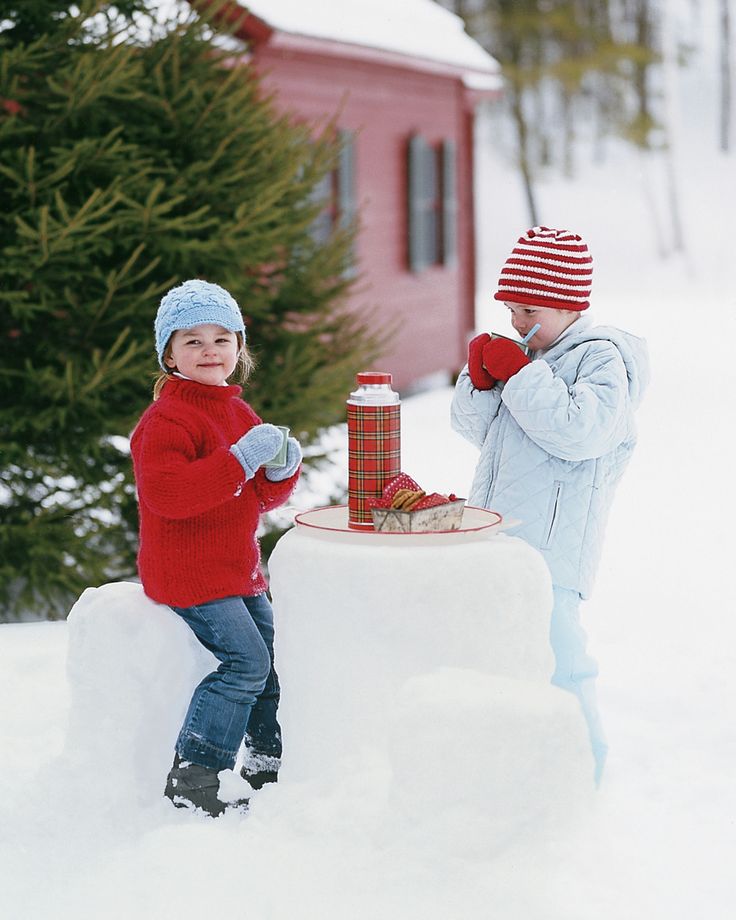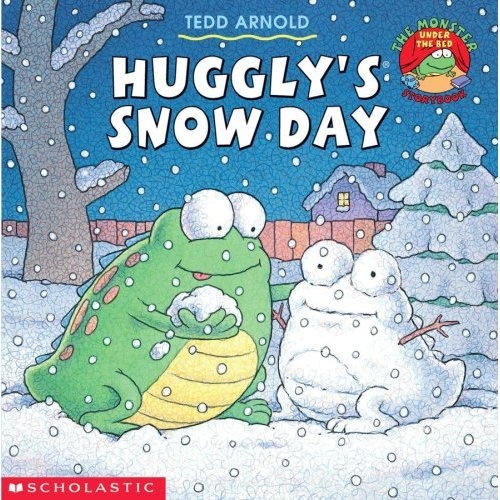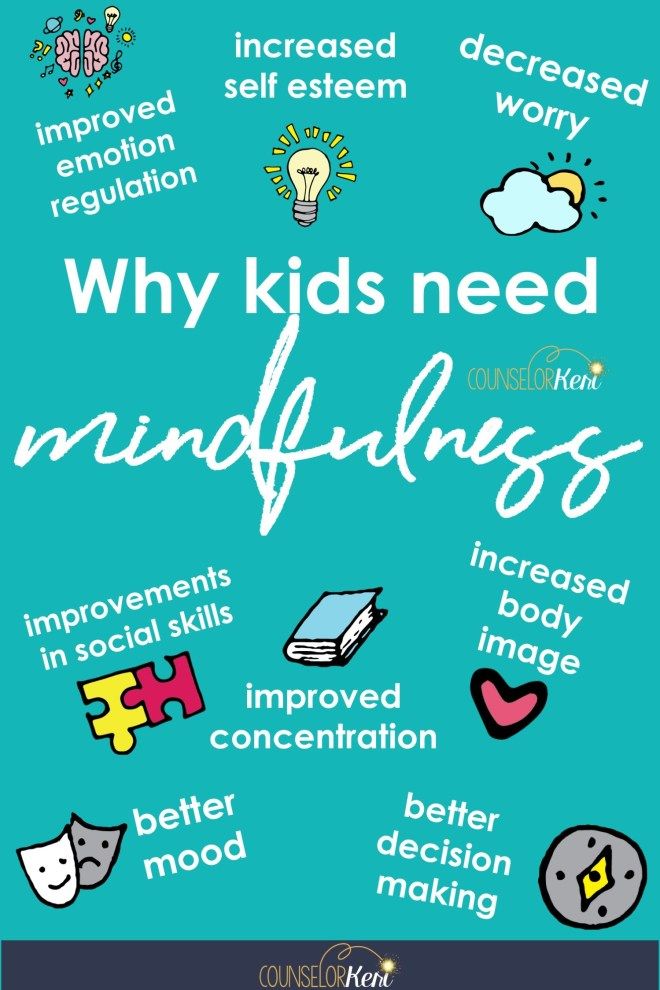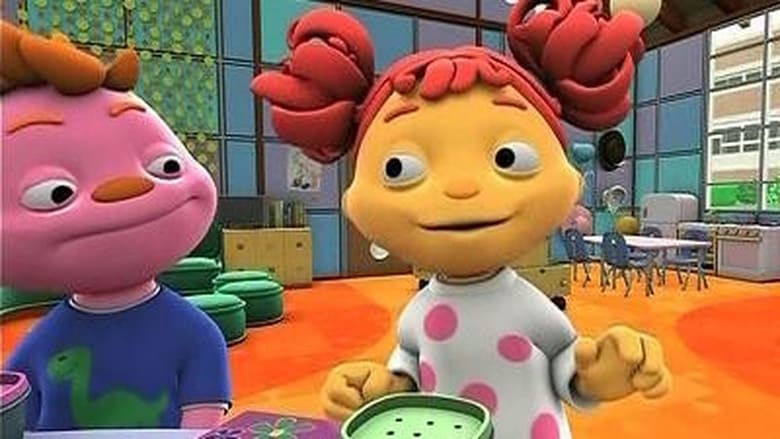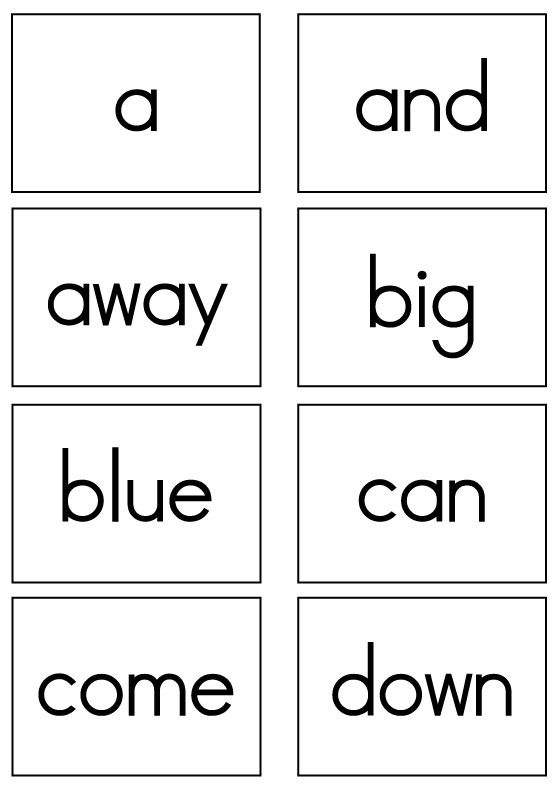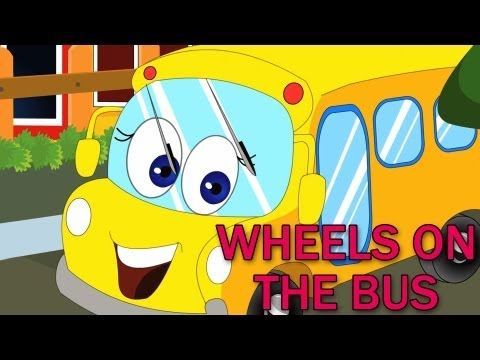Helping kids learn letters
5 Easy ways to teach the alphabet to preschoolers | Daycare Blog
Teaching children the alphabet is foundational to learning how to read. Before children can put together sounds or draw together lines that make words, they need to know what they are. If you’ve never taught the alphabet before, the concept may sound abstract: how do you teach something that comes so naturally to you? Teaching letters can be really fun and simple. In this article, we’ll give you easy ways to teach the alphabet to preschoolers.
1) Sing alphabet songs
Obviously, we all know the English-language, “A-B-C-D, E-F-G,” song. That’s a great place to start. However, there are more alphabet songs, which can add variety to your tunes, and help kids learn the alphabet in different ways.
This article lists a whole bunch of alphabet songs to try. And, if you saw our article on YouTube channels for toddlers and preschoolers, you can find letter-related songs there too. The visuals in videos can show objects that start with each letter, and sometimes the songs also pronounce sounds too.
One important note brought up by this early childhood educator, is that kids should go from singing the song, to being able to say and point out the letters without a tune. So don’t stop at singing!
2) Play letter matching games
Letter matching games are easy to set up. You can have a poster board with the alphabet printed on it in large letters. Have separate letter magnets or paper letters cut out at the same size as the print letters. Ask the preschoolers to match their cut outs to the letters on the chart. Where does “A” go? Place the letter “A” cut out on top of the printed “A” on the poster board. Get them to practice doing this with all the other letters.
As the early childhood educator mentioned above noted, you can also have an alphabet ‘arc,’ where one end of a half-circle shows the letter “A”, and the other end the letter “Z”. In between you can have other letters in the alphabet shown, but not all of them. Ask the preschoolers to put down their block letters in the right sequence, using the pre-filled in letters as clues.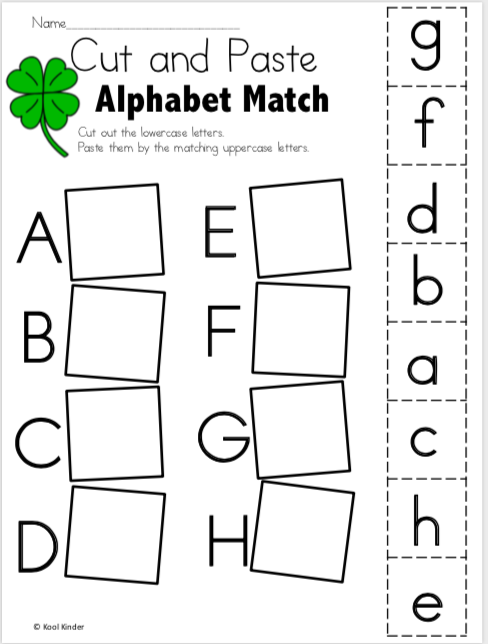
3) Open a new ‘alphabet box’ each week
You may have seen us post on Facebook that a certain week is brought to you by a letter we’re covering. It may be “C,” and you’ll see photos of us painting the letter C at daycare, or learning about animals that start with the letter “C.” Weekly letter themes are common in preschools.
You can take your weekly letter curriculum a step further by creating a box that children can open to discover objects that relate to that letter.
For example, on the week covering the letter “A,” your preschoolers can open (or even unlock) a box that contains an apple, a toy airplane, a toy alligator, an acorn, an arrow (a safe one!), and so on. In fact, don’t tell the children right away what letter the box of ‘treasures’ represents. Ask them if they can guess the letter they’ll cover that week by observing the objects in the box alone. This can be a fun and whimsical way to have your children get excited about the week ahead, and work together to come up with an answer.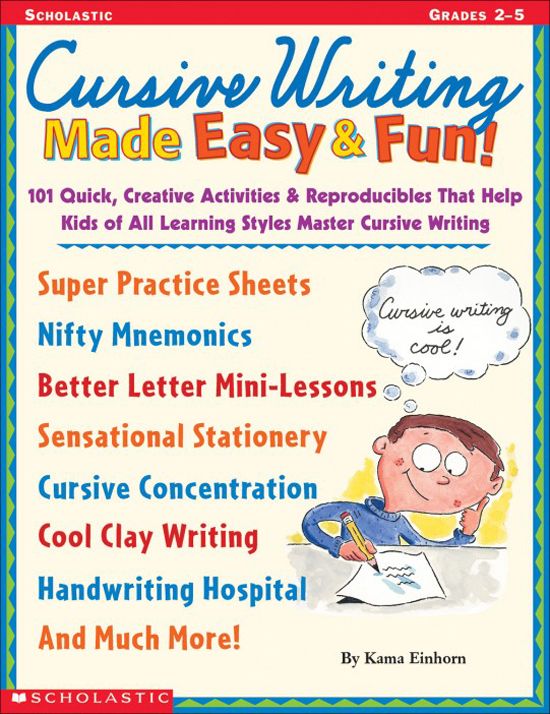
3) Use interdisciplinary learning with each letter, to strengthen letter associations
Since repeating a letter over and over again can get boring, you can mix it up a little by bringing in related lessons. You can start with a week’s letter as your core subject. Then, throughout the day, teach interdisciplinary subjects that still relate.
For example, if you are on the letter “R,” you can learn about the colour “red” too, since it starts with “R.” Ask the children, ‘what things are red?’ If you are on the letter “A,” you can learn about apples. We’ve done this before, where we teach children about the types of apples there are, as well as explain that seeds are inside an apple, and so on.
This blogger lists a whole bunch of crafts you can you incorporate into your letter learning. For example, you can make holes with a hole punch for the letter “H.” This can then lead into learning about the circle shape. You get the idea…
4) If you use flashcards to teach the alphabet, use logical ones
Flashcards are a great memorization tool, and the alphabet is all about memorizing.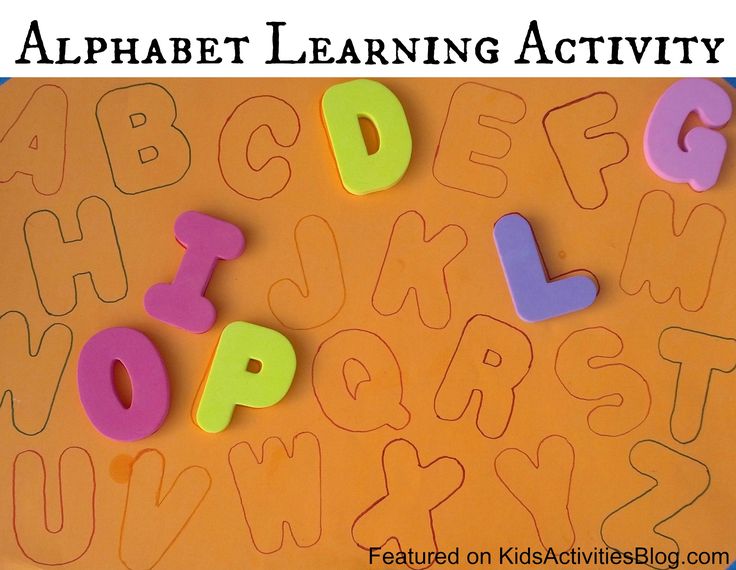 However, this teacher warns that sometimes, pre-made flashcards can get really confusing. If you are teaching the letter “D” and there is an image of something that simply uses the sound of “D” somewhere in the word, but doesn’t start with “D”… well you can quickly see how even adults would be confused by that.
However, this teacher warns that sometimes, pre-made flashcards can get really confusing. If you are teaching the letter “D” and there is an image of something that simply uses the sound of “D” somewhere in the word, but doesn’t start with “D”… well you can quickly see how even adults would be confused by that.
Remember, at this stage, you’re not teaching phonetics or complex vocabulary and pronunciation. First, children need to recognize and know the alphabet. Use the simplest flash cards, with the simplest pictures of the objects and animals that preschoolers can recognize.
That said, sometimes you want to use lowercase and uppercase letters in your flashcards…and yes, that can be confusing for the very young learners, especially when the upper and lowercase look so different, but are called the same thing. But if you’re using a set of magnets, for example, you can just use their uppercase versions, that’s ok (they may only come in that form). For very early learners, you can start really basic.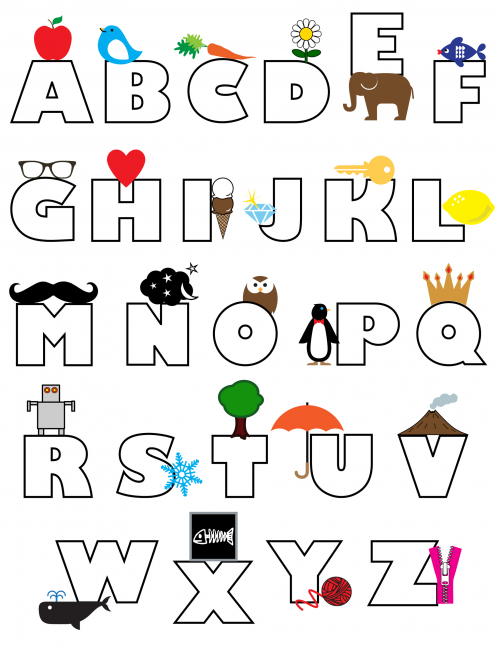 Just don’t forget to start showing them the lowercase and uppercase letters together at some point in their alphabet learning journey.
Just don’t forget to start showing them the lowercase and uppercase letters together at some point in their alphabet learning journey.
5) Eat foods shaped like letters to help preschoolers learn their alphabet
Speaking of interdisciplinary alphabet learning, why not do a baking session with the kids at preschool? They can use letter-shaped cookie cutters to make a fun and yummy snack. Meanwhile, there is a host of lessons you can teach with the baking activity. Chemistry, cooking, nutrition…the list goes on.
If you want the easy route, try commercially-sold letter-shaped biscuits. IKEA has a version of these. Ask your toddler or preschooler to name the alphabet letter they’re about to eat. Eating it can be the reward for getting it right!
And of course, there is alphabet soup, or noodles shaped like letters. You can make mealtime fun, and educational, with these edible alphabet manipulatives.
So there you have it, 5 easy ways to teach the alphabet to preschoolers.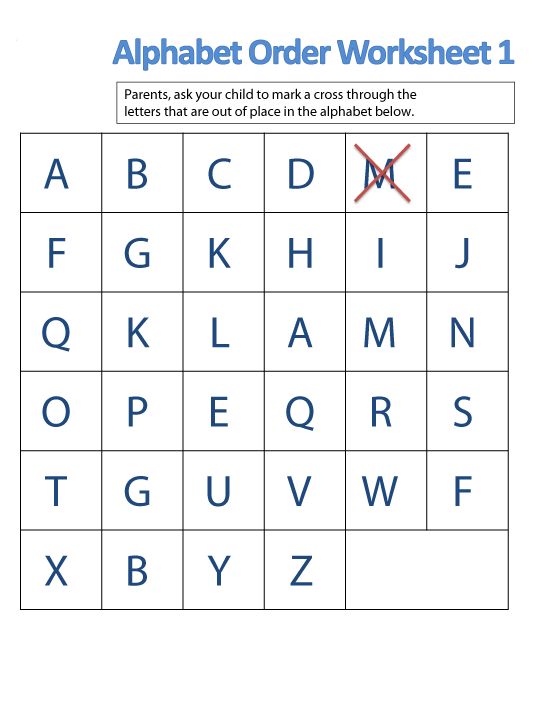 They may even be fun for you, too! It is super cute to hear little ones pronounce letters, and guess what object goes with each letter. When your preschoolers are learning the alphabet, be sure to take every teachable opportunity you can to encourage them to recognize letters in the world around them. If you’re on a field trip, ask the children if they can spot their letter-of-the-week on a street or building sign. If you’re reading a book, see if they can spot the letters you’re reading to them. Keep pushing letter recognition throughout the day, so the lessons can really sink into their memory.
They may even be fun for you, too! It is super cute to hear little ones pronounce letters, and guess what object goes with each letter. When your preschoolers are learning the alphabet, be sure to take every teachable opportunity you can to encourage them to recognize letters in the world around them. If you’re on a field trip, ask the children if they can spot their letter-of-the-week on a street or building sign. If you’re reading a book, see if they can spot the letters you’re reading to them. Keep pushing letter recognition throughout the day, so the lessons can really sink into their memory.
See more on our blog:
- How to teach digraphs to preschool children (6 ways)
- What is the best way to teach word recognition to early childhood readers?
- Why is literacy crucial in the early years? How can parents and preschools help with reading skills?
- How to teach toddlers and preschoolers to count, and learn their numbers
- Ideas for teaching shapes in preschool and daycare
How To Help Your Child Learn The Alphabet
One of the first steps your child will take on their reading journey is learning to recognize letters.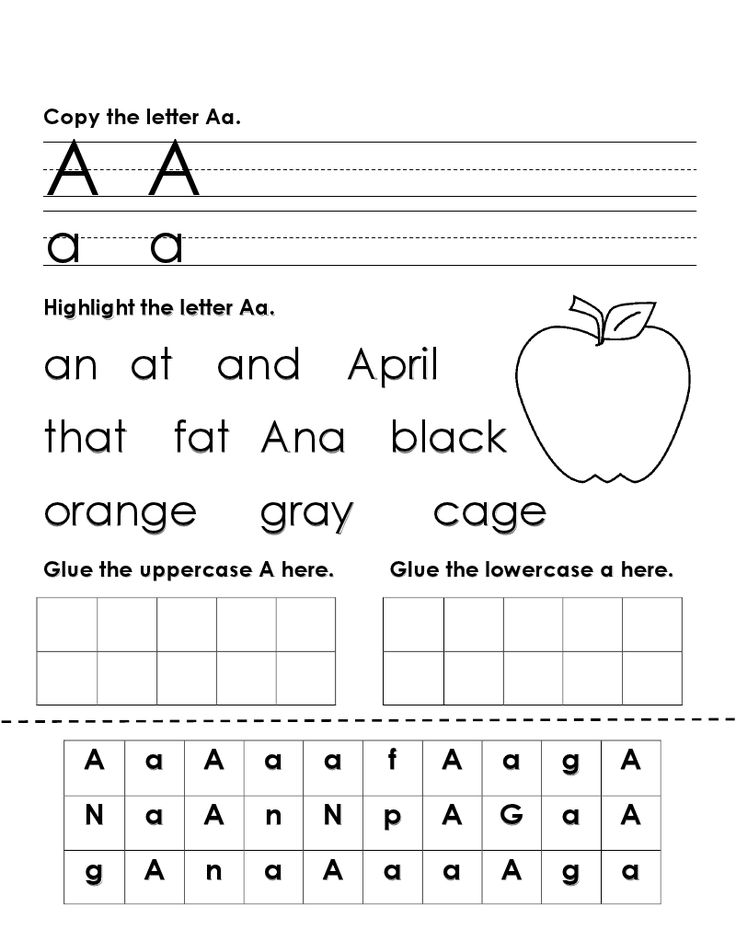 Before your young learner can start to sound out words, blend syllables together, or master other early reading foundations, they’ll need letter recognition skills.
Before your young learner can start to sound out words, blend syllables together, or master other early reading foundations, they’ll need letter recognition skills.
Maybe you’re just getting started with letter recognition (or looking for some new ideas) and wondering about the best ways to practice with your child. Good news: HOMER is here to help!
Letter Recognition: Beginnings
When helping your child learn to recognize letters, it’s good to remember that all children have unique personalities, which means they have unique learning styles, too. This will help you and your child feel confident with their reading and learning development!
That being said, many children may express an interest in learning the alphabet by age two or three. This can manifest in a few different ways. If they have older siblings, your child may ask for “homework” to do while their siblings do theirs.
Around this age, your child may also notice the people around them reading books that look different than theirs.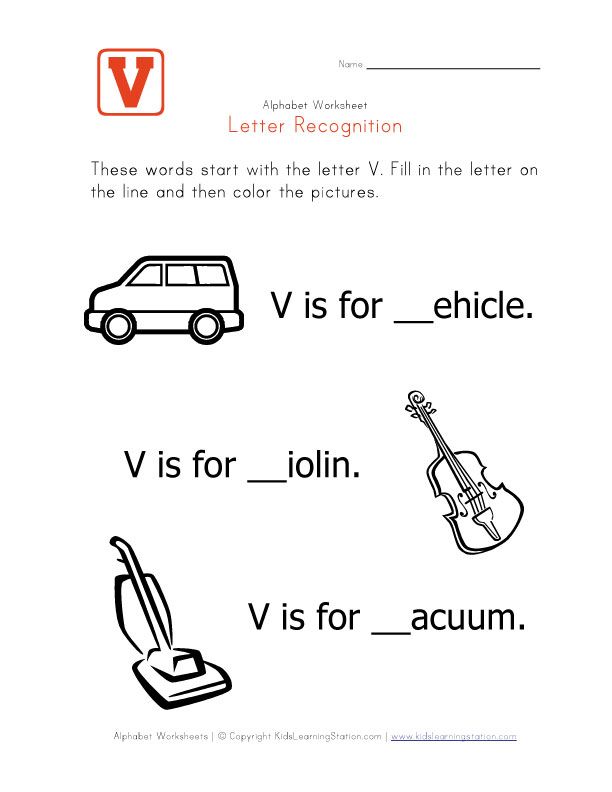 Instead of pictures, these books have lots of words. Your toddler may want to know how to read those “big” books, too!
Instead of pictures, these books have lots of words. Your toddler may want to know how to read those “big” books, too!
Since your child likely isn’t enrolled in any sort of formal schooling yet, their initial interest in reading and letter recognition may be light and casual. This is great! There’s no need to rush into it.
But if you want to expand your child’s letter recognition skills or engage their interest more purposefully, stay tuned for tips on how to help your child learn the alphabet!
Tips For Encouraging Letter Recognition
Prioritizing letter recognition activities that are fun, simple, and engaging for your child is a great way to help them practice consistently and effectively.
There are many ways to introduce the alphabet to your child and help them learn letters or build their alphabetic skills if they’ve already started recognizing letters. Here are some fun and easy ideas you can try from the comfort of your own home!
Read Alphabet Books
Although this technique may seem simple and common, it’s common for a reason — because it’s effective! And, as a bonus, you likely have several alphabet books around your home already.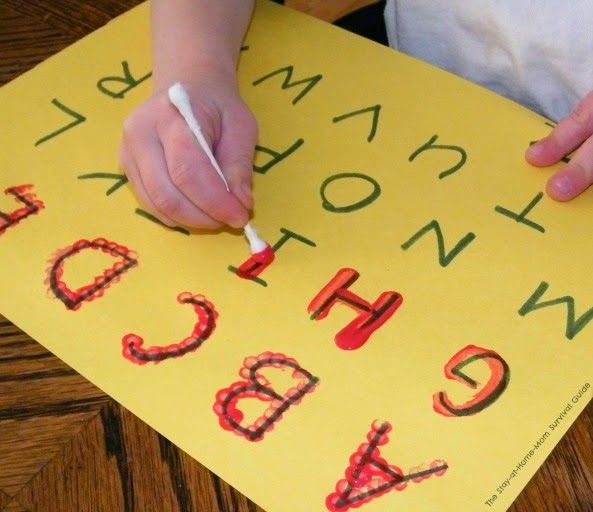
Repeated exposure to the alphabet sets a strong foundation for your child to develop their letter recognition skills. Starting with the basics is essential to preparing them for more reading activities as they grow and develop.
Once your child is introduced to the basics, they can move on to more advanced beginning reading activities.
Touch And Feel Letters
Kids spend all day touching and exploring the world around them. Teaching your child letter sounds can be easier (and more fun for them!) when you engage skills that aren’t just visual or auditory.
Plus, let’s be honest — kids love to get messy! Letting them make a mess with letters offers them a great incentive to learn.
We recommend using anything you have around the house that is malleable enough to turn into letters. Shaving cream, pipe cleaners, PlayDoh, and popsicle sticks are all great options.
Play with your child as they build letters out of these materials (or swipe their fingers through a big pile of shaving cream!).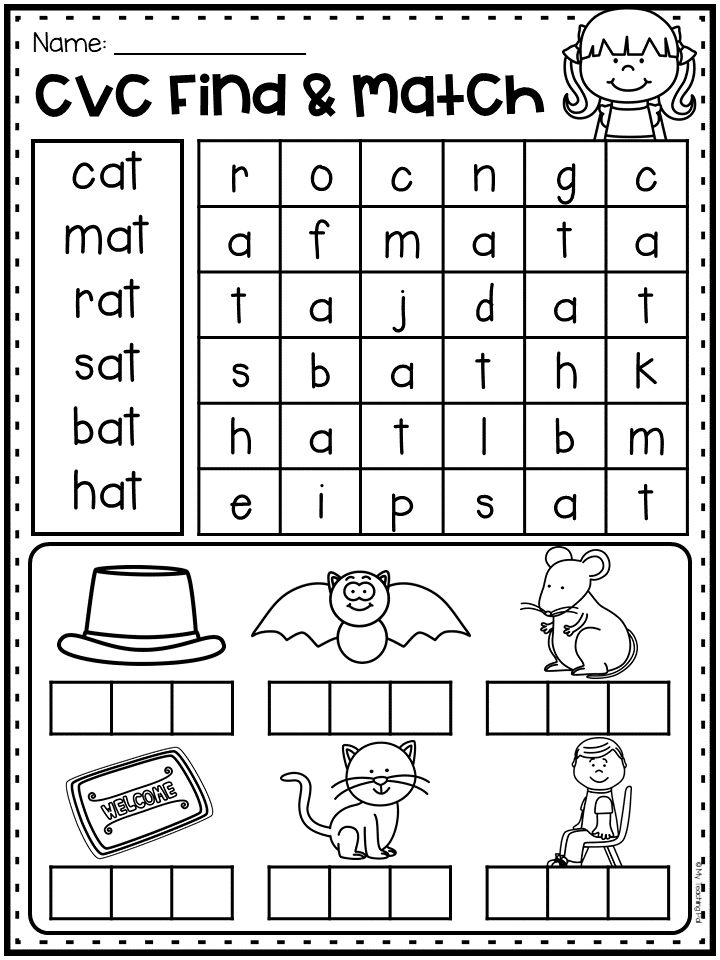 If you want to go mess-free, you can also cut out letters from textured paper (like sandpaper).
If you want to go mess-free, you can also cut out letters from textured paper (like sandpaper).
Here’s how this method works:
- First, introduce the letter to your child. Trace or make the letter in whatever material you choose.
- Next, establish an association for your child. Ask your child to follow along while you draw the letter.
- Once your child has mastered following along with you, you can engage their recall skills. Draw a letter and ask them which one it is.
This activity might take a bit of time and practice, but don’t worry! You and your child will get there.
Explore Names Together
This activity can be effective and useful for helping your child learn letter recognition as well as the names of people on their sports teams, in their school classroom, or any other group of people.
If you want to try this with your child, write down a list of the names of the people in the group you’re focusing on. If it’s your first time doing this activity, consider starting with just your child’s immediate family to make it a bit easier.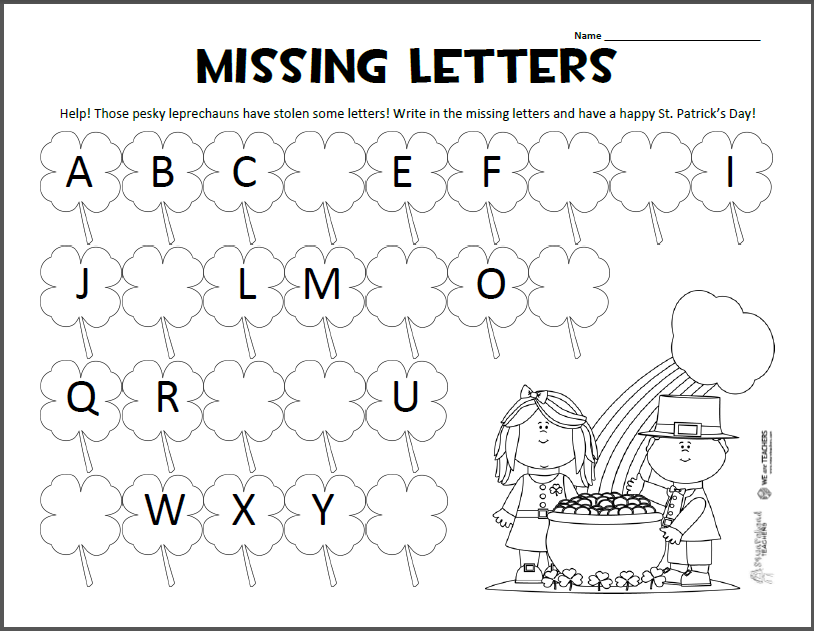
Print the names on a large sheet of paper in a dark, easily readable color. Then ask your child to identify letters by saying something like, “Which name has an O in it?”
Change up the letter in question until you cover each name, and then help them tally up all of the letters they find!
To amp up the fun, make a game of seeing which letter appears the most times. You can even make bets beforehand (we suggest banking on a vowel). Whoever guesses which letter will appear most often gets a reward!
This activity helps reinforce two ideas to your child: first, it engages their letter recognition skills by exposing them to the alphabet repetitively.
Secondly, it helps them understand that the alphabet is a code made up of symbols (letters). In order to learn how to read, they must learn how to recognize their letters first!
Create A Personalized Set Of Alphabet Cards
Similar to alphabet books, alphabet cards are an easy, reliable option to help your child learn letter recognition.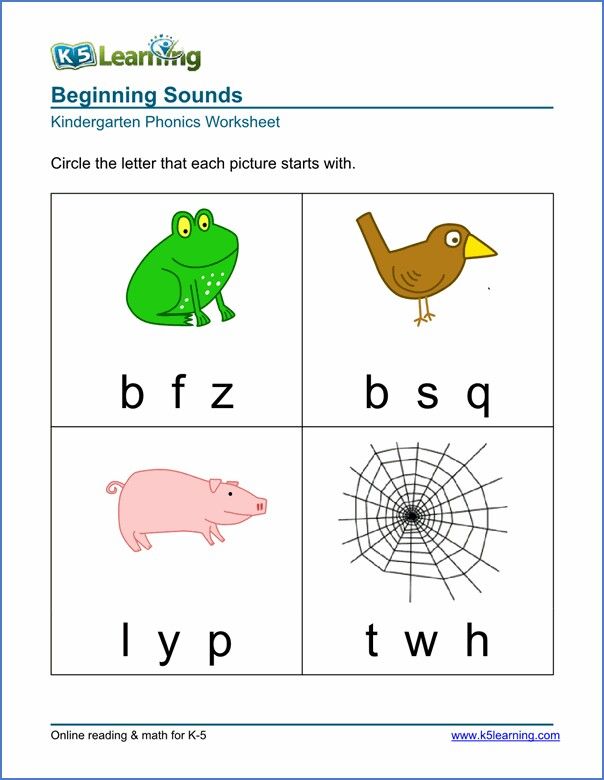 And while there are many alphabet cards on the market, it’s way more fun to let your child make their own!
And while there are many alphabet cards on the market, it’s way more fun to let your child make their own!
If you want to try this activity with your young learner, all you need are some large index cards (blank sheets of paper will work if you don’t have index cards) and lots of fun, decorative materials and supplies (glitter is our personal favorite)!
Simply have your child write one letter on each card and then color and decorate it. For younger children, you can also write the letter for them and let them spruce it up to their heart’s content!
This activity is amazing because it allows your child to make their learning highly personal and tailored to their specific interests.
By creating their own cards, your child will be able to exert some autonomy and independence over their learning goals. It may help them become even more invested in their journey toward letter recognition!
Fill In The Dots
One challenge for children when it comes to recognizing letters is understanding what shapes letters are “made” of.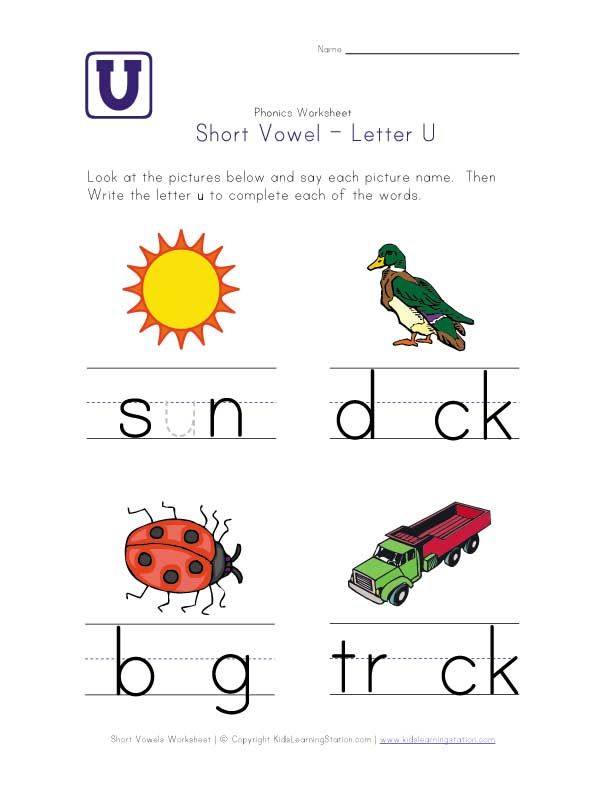
For example, the letter O is often taught as a letter that looks like a circle. Other letters are made up of curves, straight lines, dashes, and all sorts of shapes!
A helpful option for supporting your child’s efforts to recognize their letters is to break down the shapes that make up letters. This is where dot markers (or round stickers) can come in handy!
By utilizing a uniform shape — like a dot — to work through the alphabet, your child can begin to grasp the shape of letters both visually and physically. Understanding how letters are formed can help kids recognize letters more readily.
There are many free downloadable “dot letter” worksheets online that you can use for this exercise. But if you want to create them on your own, simply write out the alphabet in a large script, using empty circles to form the letters.
Your child can then follow along with stickers or dot markers and fill in the empty circles.
Letter Recognition As A Strong Foundation
At the end of the day, practicing letter recognition with your child is all about setting up a strong, solid foundation they can use to launch the rest of their reading and learning journey!
We hope these suggestions come in handy for helping to develop your child’s letter recognition skills.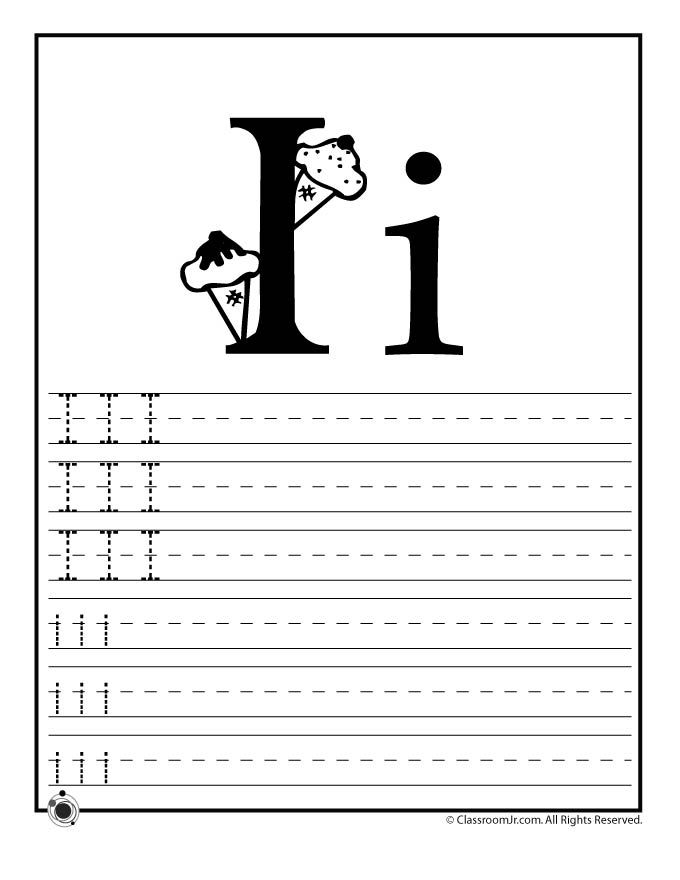 As your emerging reader learns to recognize letters, remember that every child is unique. What works for one may not work for another.
As your emerging reader learns to recognize letters, remember that every child is unique. What works for one may not work for another.
For those days when you need a little extra help, our online learning center is the perfect place to find safe, personalized, and effective activities for your child. Try our free onboarding quiz to get started!
Author
Learning the alphabet: methods, exercises and games for children
The alphabet is the foundation of reading. Therefore, before you start reading and writing, teach your children the letters.
Children can start learning to read as early as preschool age. Parents and teachers need to teach their child how to pronounce sounds correctly in their native language. These are important prerequisites for learning letters and learning to read successfully. The educational process of preschool children is based on visual, acoustic and tactile exercises.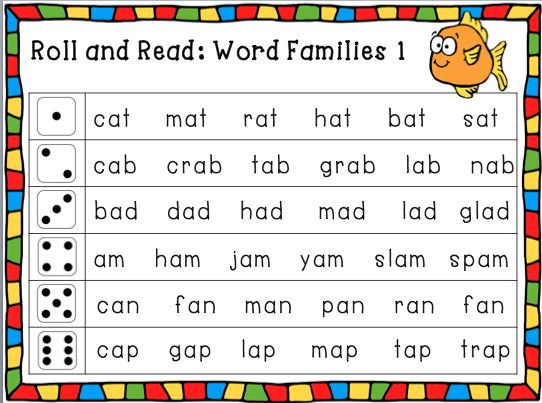 The use of various channels of perception in the educational process increases its effectiveness and stimulates long-term memorization of letters. nine0003
The use of various channels of perception in the educational process increases its effectiveness and stimulates long-term memorization of letters. nine0003
Learning the alphabet: introducing the child to the alphabet.
To master reading, a child must learn and recognize not only the graphic form of letters, but also be able to compare them with their corresponding sounds. This means that the child must be able to write letters and pronounce them. When the child learns to correctly pronounce all the sounds in his native language and distinguish letters by visual form, go directly to reading. As a rule, at the age of 5-6 years, most children no longer experience difficulties in this. nine0003
See also: Reading and bilingualism. Bilingualism in children
From the age of 5 to 6, children begin to understand that there is a lot of information encoded in language using letters. Thus, they are interested in learning to read by then, as they are naturally curious.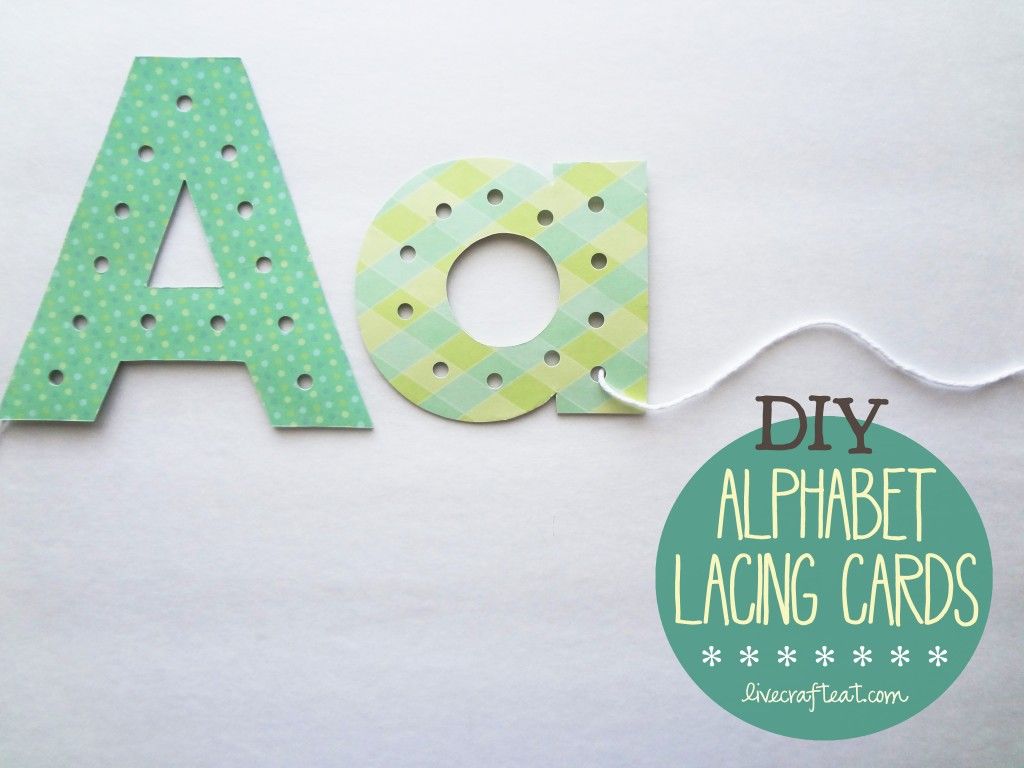
Of course, babies can learn and memorize individual letters quite early. However, their interest, mostly spontaneous, is directed to individual words and letters. Here it is important to gently motivate the child by encouraging him to learn through games and a comfortable environment. However, too much pressure can lead to stress, causing little ones to lose any motivation to learn letters. nine0003
Alphabet learning games
The first rule of learning the alphabet: learn the letters one by one!
Don't forget, each letter is made up of visually similar elements. If you try to teach a child several letters at a time, he may become confused. Learn the letters one by one. One lesson - one letter.
Second rule of learning the alphabet: take your time!
Give your child enough time for each letter. Plan 1-2 lessons for each new letter. Organize the lesson in a form that is interesting for the child with the help of games.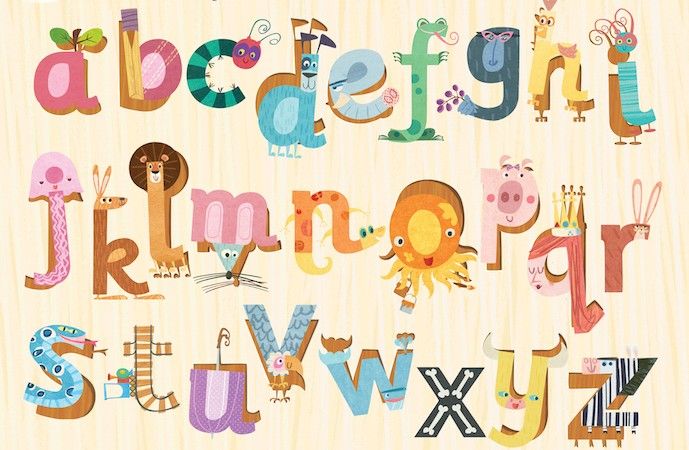 nine0003
nine0003
Tactile method: from studying letters to reading
The child sees something abstract in a letter. Chains of associations will help in learning letters. Associating each letter with something specific or familiar helps the child fix it in his memory.
1. Make a letter out of plasticine
Let's memorize what a letter looks like and develop fine motor skills.
We will need: plasticine (should be elastic), modeling board and a disposable plastic knife. nine0003
Together with your child, roll out 8 approximately identical sausages from plasticine. 2 - divide in half, 2 - divide into 3 parts. From the remaining 4, make rings by blinding their edges and cut 2 of them in half, creating semicircles. Thus, you should get a set of elements to compose any letters of the alphabet. Show the child a couple of examples and ask them to repeat, collecting previously passed letters.
2. Magic wands
Let's memorize letters, learn how to make letters from sticks, learn how to transform letters.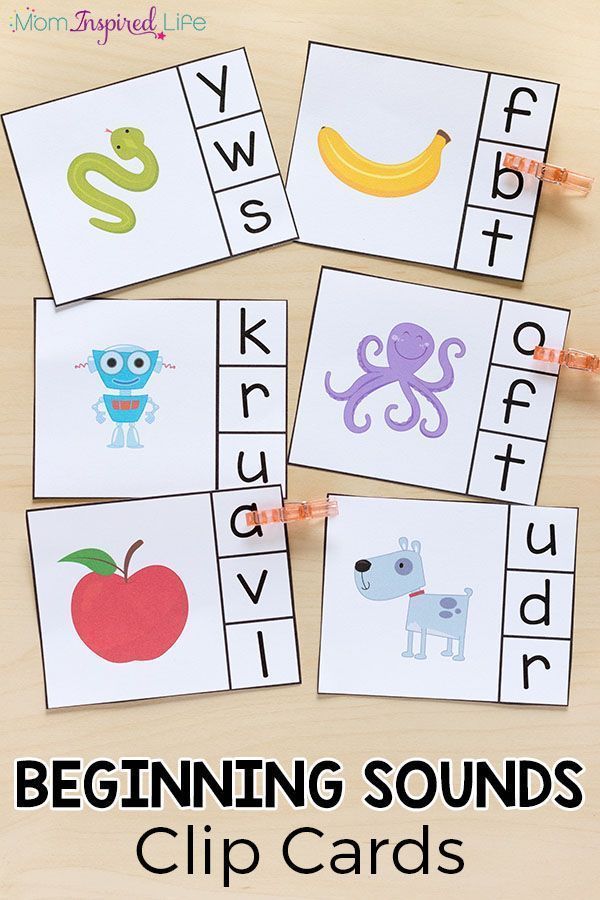 nine0003
nine0003
We need: a set of counting sticks. If not, you can replace with matches or toothpicks.
The easiest way is to lay out letters from sticks according to a pattern or without a pattern (according to the idea). When the child learns to lay out all the letters, you can complicate the task by laying out objects familiar to the child from them, and then ask them to change them, for example, make a figure resembling a door out of sticks, and then ask the child to remove 2 sticks to make the letter P.
3. Tactile letters
Memorize letters and develop fine motor skills
We will need: sandpaper, velvet paper, scissors.
Cut out letters from sandpaper or velvet paper. The child will have to close his eyes to identify the letter by touch.
4. Draw a letter on the semolina
Memorize letters, develop fine motor skills
We will need: bright dish tray, semolina
Pour sand or semolina in a thin layer on the tray.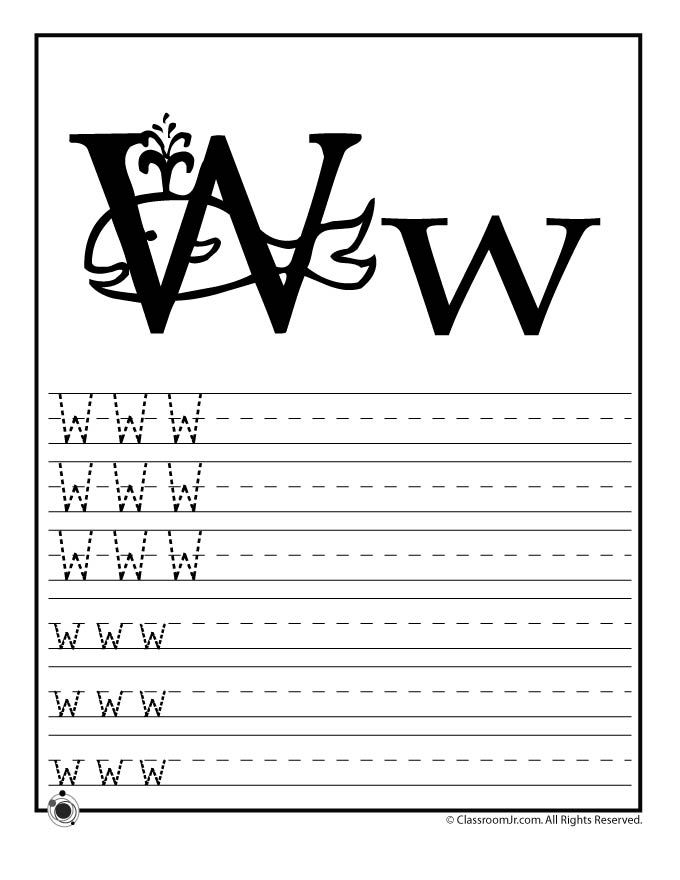 Set an example for your child, show how to write letters on the croup with a finger or a stick. Ask him to write next to the letter, the same as you wrote, to write a letter more or less than yours, to add an unfinished letter, or to erase the extra detail of the "wrong" letter. Children will like this game, just shake the tray a little, and the mistake or inaccuracy made disappears! nine0003
Set an example for your child, show how to write letters on the croup with a finger or a stick. Ask him to write next to the letter, the same as you wrote, to write a letter more or less than yours, to add an unfinished letter, or to erase the extra detail of the "wrong" letter. Children will like this game, just shake the tray a little, and the mistake or inaccuracy made disappears! nine0003
5. Mirror letter
Memorize letters and train attention
We will need: cardboard, pencil and scissors
Prepare identical cards cards, 2 pieces for each letter. Write 1 letter on each card. Write the letters in mirror image and correctly. Lay out cards with the same letter in front of the child and offer to choose the correct one.
6. Memory test game
Train memory
We will need: scissors, cardboard and a pencil
The game "Memory Test" will challenge even older children. Write each capital letter on one card and lowercase letter on the other card.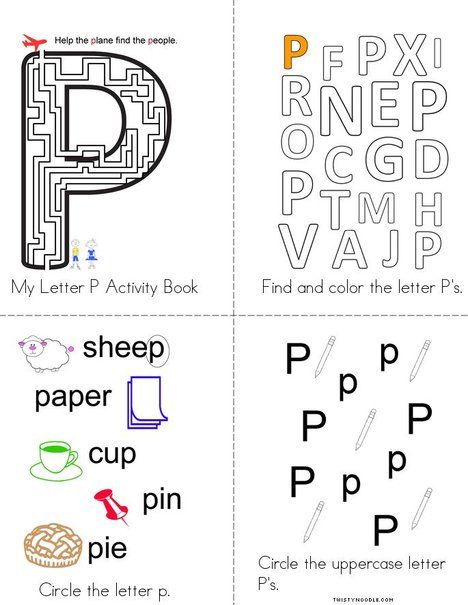 Turn over all the cards and place them on the table. Ask your child to match uppercase and lowercase letters. You can complicate and add a dictionary element. Have the children match the letter of the alphabet with the picture that starts with that letter.
Turn over all the cards and place them on the table. Ask your child to match uppercase and lowercase letters. You can complicate and add a dictionary element. Have the children match the letter of the alphabet with the picture that starts with that letter.
7. Bean bag
Memory training
We will need: a bag of beans or other bulk material, a tablecloth or a large piece of paper.
If you want to warm up a bit while you study the letters, play a game of Beanbag. Write the alphabet randomly on a large piece of paper. Give the children a bean bag and ask them to put it on paper. The child must name a word that begins with the letter on which the bag fell. If a student is stuck, help him.
Ask the child to check the chosen letter with letters from the alphabet. Be sure to ask the name of the letter. The exercise will help children learn to distinguish visually similar letters and avoid mistakes when writing them in the future. nine0003
Drawing, coloring, cutting letters out of paper and gluing them together develop fine motor skills in children.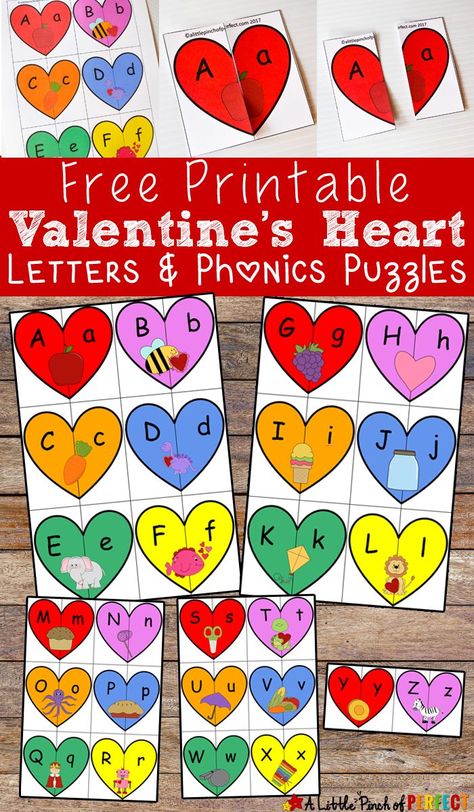 Self-made flash cards with letters facilitate memory and associative thinking, creating the basis for tactile games. You can make postcards alone or with your child. Letters can be cut out of paper of various textures and pasted onto cards made of cardboard or paper. Then you can ask the child to pick up letters from 2-3 cards with their eyes closed.
Self-made flash cards with letters facilitate memory and associative thinking, creating the basis for tactile games. You can make postcards alone or with your child. Letters can be cut out of paper of various textures and pasted onto cards made of cardboard or paper. Then you can ask the child to pick up letters from 2-3 cards with their eyes closed.
Literacy begins with learning the letters of the alphabet. Combine different perceptual styles. The alphabet learning games described above help children to learn letters at different levels. Moreover, fine motor skills play a crucial role in the formation of systematic connections in the mind of the child and create the basis for the development of reading and writing. nine0003
Learning letters and sounds with children
7737
Before teaching a child to read, parents are advised to first teach the child to recognize and distinguish sounds.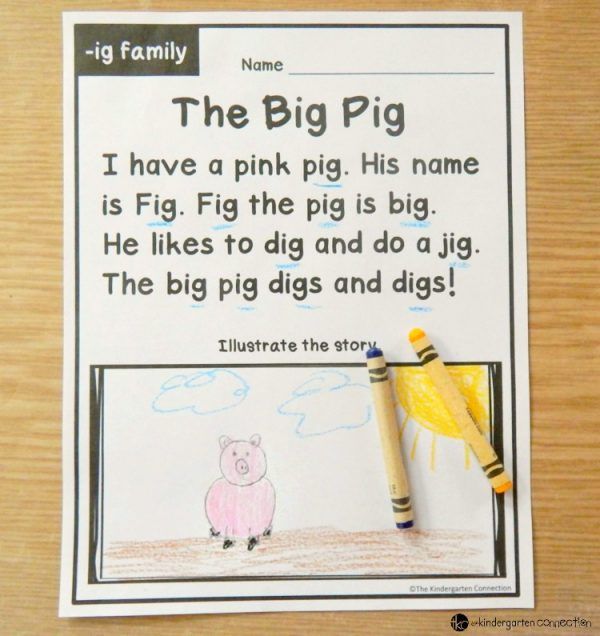 Some children understand the difference between letters and sounds after the first explanation, while others do not. And then the mother has to connect her imagination and all her pedagogical abilities in order to first understand herself, and then explain to the child why to distinguish between sounds and letters and how to do it. nine0003
Some children understand the difference between letters and sounds after the first explanation, while others do not. And then the mother has to connect her imagination and all her pedagogical abilities in order to first understand herself, and then explain to the child why to distinguish between sounds and letters and how to do it. nine0003
It is necessary to understand the following pattern: there are many more sounds than letters, sounds are more important than letters, letters in themselves do not mean anything, and all qualities, for example: sonority, softness, etc., are related to sounds. One letter can represent several sounds. Therefore, we begin to learn to speak and read precisely with sounds.
Tell a kid a story:
“People lived in ancient times. They already knew how to speak and therefore loved to tell each other fairy tales and sing songs. But everything they told was quickly forgotten, because people did not know how to write. Fairy tales and songs were so interesting that a person wanted to remember them for a long time.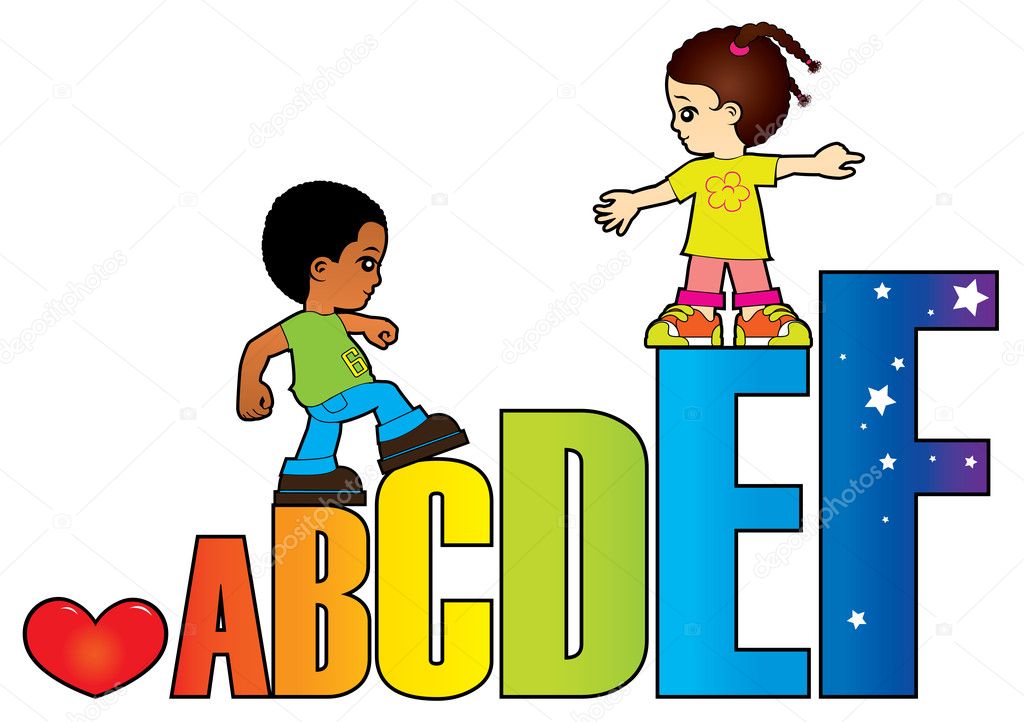 And then people came up with special letter icons. The letters denoted the sounds that people uttered when telling a fairy tale. So the ancient man began to write down his fairy tales with the help of letters. Therefore, letters-icons now live in books, but they are always silent until you want to read them aloud. And as soon as you want to read a letter, sound will immediately appear. Sound and letter are the closest friends and cannot live without each other. A letter without a sound is silent, and a sound without a letter immediately disappears. nine0003
And then people came up with special letter icons. The letters denoted the sounds that people uttered when telling a fairy tale. So the ancient man began to write down his fairy tales with the help of letters. Therefore, letters-icons now live in books, but they are always silent until you want to read them aloud. And as soon as you want to read a letter, sound will immediately appear. Sound and letter are the closest friends and cannot live without each other. A letter without a sound is silent, and a sound without a letter immediately disappears. nine0003
There will be 33 houses in the city, because there are 33 letters in the alphabet. A river will flow through the city, which will divide it into three parts. One coast is called "Vowers", the second - "Consonants", and empty houses are built on the third coast. However, houses will be built in the city not only on the shore, but also on the river. Floating houses are special. They can be painted in two colors, and empty houses in one gray color.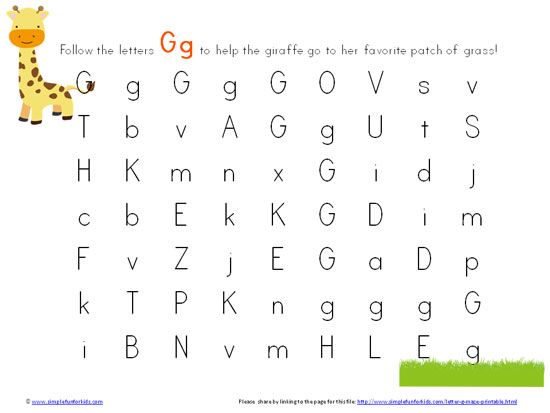
Houses in the city are divided into three types: with two tenants, with one and empty houses. nine0003
On the bank of vowels there will be 6 single houses: a, i, o, u, s, e.
Houses were built on the bank of consonants, where 2 sounds live at once - hard and soft: b-b, v-v, g-g, d-d, z-z, k-k, l-l, m-m, n -n, p-p, r-r, s-s, t-t, f-f, x-x, and single houses: f, c, w, d, h, u. In total, 21 houses were built on the bank of the consonants.
Suitcase houses will live on the river, there are only 4 of them. Two sounds Y-E live in the house E, sounds Y-O live in the house YO, in the house Yu - Y-U, in the house I - Y-A. These houses were built on the river because vowels and consonants coexist in them. nine0003
There are empty houses on the third bank: b sign and b sign. Nobody lives in these houses. Therefore, these letters do not have sounds. They are only for writing.
Play with the drawn map.
Discuss with your child in the following sequence: the letter B is the house of two friends: a large and hard sound B and a small and soft sound b.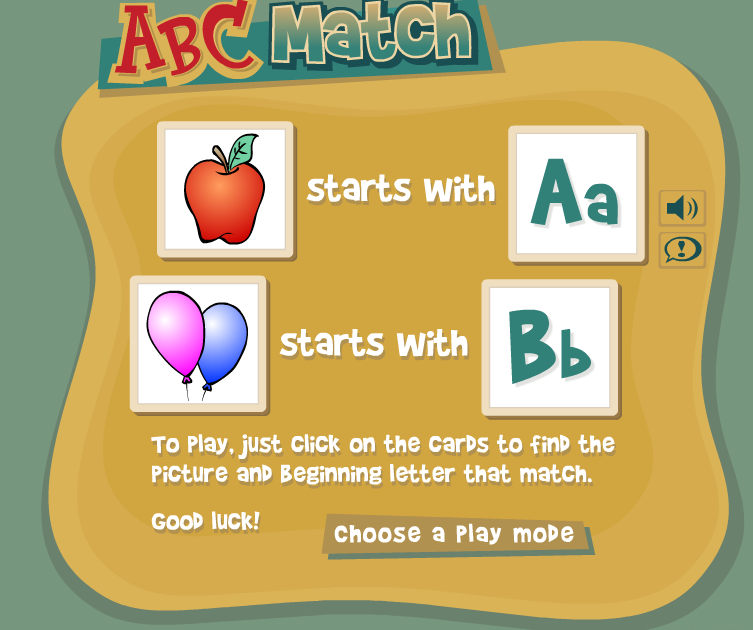 Compare how the letter B sounds, for example, in the words Bom and Bim. (In the word Bom we hear a hard sound B, in the word Bim - a soft sound b).
Compare how the letter B sounds, for example, in the words Bom and Bim. (In the word Bom we hear a hard sound B, in the word Bim - a soft sound b).
When studying consonants, call them by the sound they denote, i.e. not "me" or "em", but "m". Otherwise, later it will be very difficult for the child to learn how to combine letters into syllables and words.
The ratio of sounds and letters is a rather abstract thing for kids. And it will be easier for them to understand it if they are guided by the picture and create images in their imagination. nine0003
The Razumeikin website will help your child learn letters in the "Letters and Reading" section and get acquainted with the characteristics of sounds in the "Preparing for Literacy" section - educational videos and interactive tasks will turn learning to read into an exciting game!
Did you like it? Share with friends:
Online classes on the Razumeikin website:
-
develop attention, memory, thinking, speech - namely, this is the basis for successful schooling; nine0003
-
help to learn letters and numbers, learn to read, count, solve examples and problems, get acquainted with the basics of the world around;
-
provide quality preparation of the child for school;
-
allow primary school students to master and consolidate the most important and complex topics of the school curriculum;
-
broaden the horizons of children and in an accessible form introduce them to the basics of various sciences (biology, geography, physics, chemistry).
